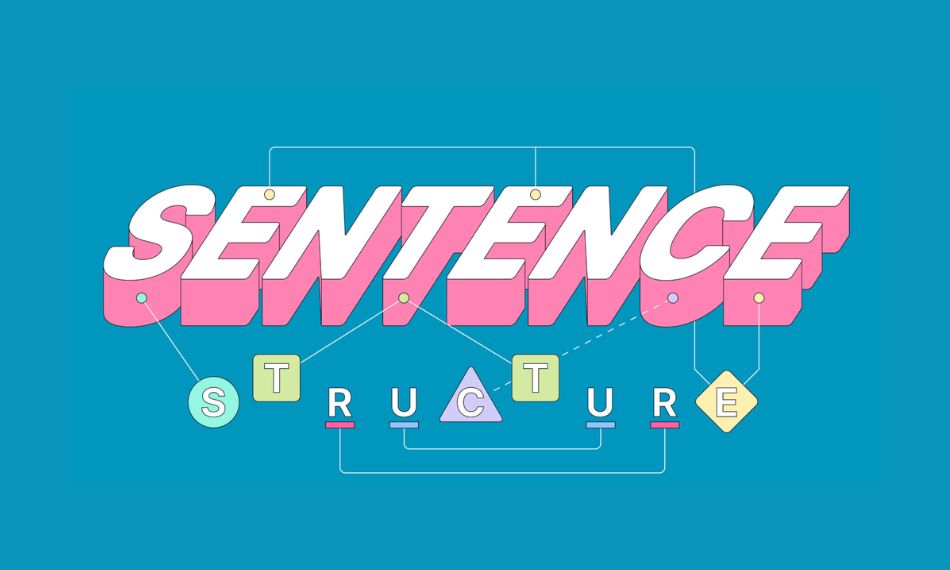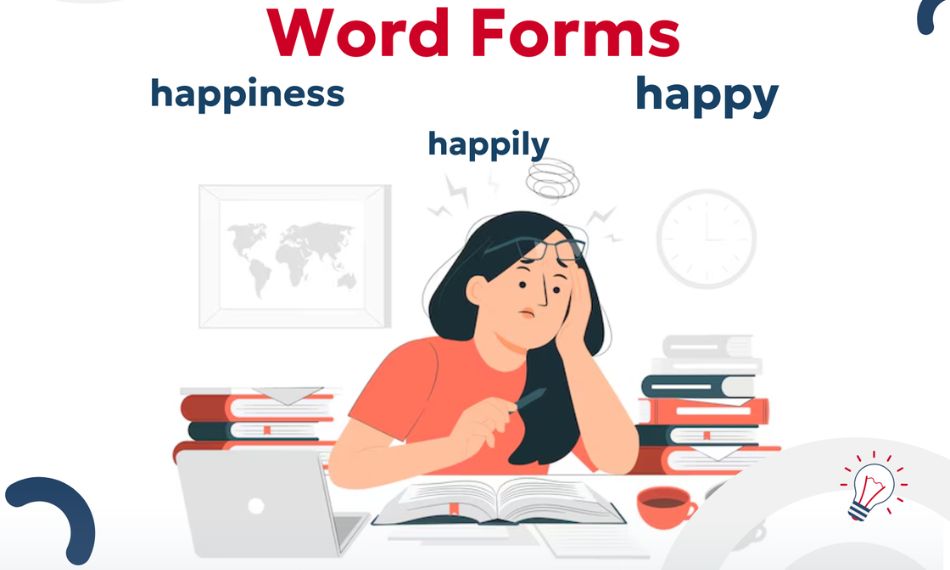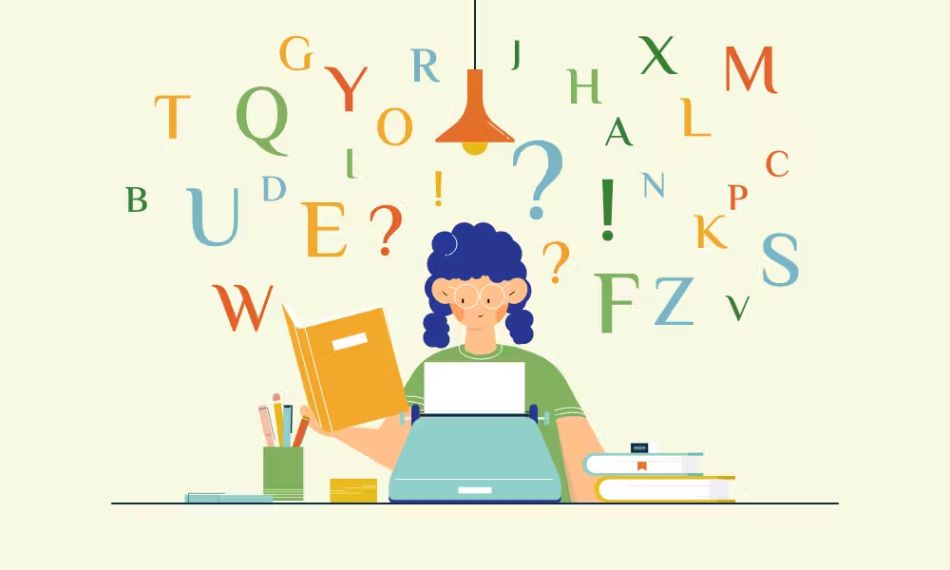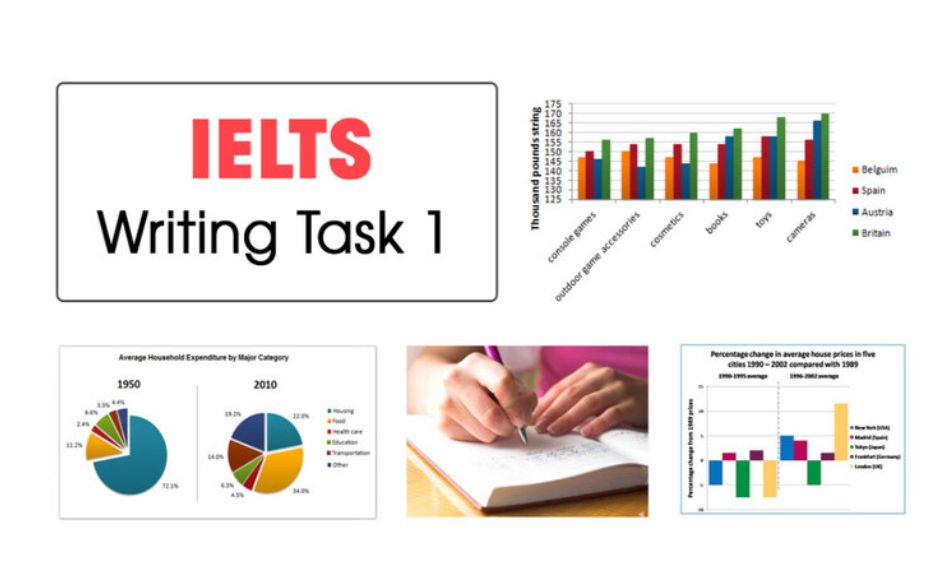7 Powerful Ways to Paraphrase IELTS Writing Task 1
1. Use Synonyms (But Don’t Change the Meaning)

Synonyms are a simple yet powerful way to paraphrase IELTS Writing Task 1 without losing the original meaning. This involves swapping out common words for similar alternatives while keeping your message clear. The goal is to demonstrate a broader vocabulary without confusing the examiner.
Example: “The chart shows” becomes “The graph illustrates.”
It might sound simple, but the key is choosing words that don’t distort the original meaning. You shouldn’t change nouns like “graph,” “table,” or “year” too often, or it could confuse the reader.
Common synonym sets for IELTS Task 1:
- chart → graph
- shows → illustrates
- increase → rise/growth
- decrease → decline/fall
- number → figure
- percentage → proportion
- people → individuals
- expenditure → spending
- trend → pattern
- amount → quantity
Using synonyms accurately helps you paraphrase IELTS tasks without sounding robotic or forced. Stick to familiar academic words.
Tip: Avoid paraphrasing nouns like “year” or “number” if there’s no meaningful alternative.
2. Change Sentence Structure (Passive/Active)

While learning connectors for IELTS speaking improves fluency, switching between active and passive voice is another smart way to paraphrase IELTS Writing Task 1. This not only adds grammatical variety but also improves the formality and tone of your writing. It’s especially useful when describing what the visuals present.
Example: “The graph shows the sales in 2020.” becomes “The sales in 2020 are shown in the graph.”
This method works especially well when describing what is presented in the visual. Passive voice makes your writing sound more formal, which is suitable for IELTS.
Pros of using passive voice:
- Emphasizes the result over the subject
- Formal and academic tone
Cons:
- May lead to wordiness
- Can confuse if not structured properly
Tip: Mix both voices to keep your writing dynamic and avoid sounding too stiff or repetitive.
3. Swap Word Forms (Noun → Verb, Verb → Noun)

Just like mastering IELTS reading technique boosts comprehension, converting word forms helps paraphrase IELTS writing task 1 in a fresh and flexible way. This means shifting between nouns, verbs, adjectives, or adverbs to show off your grammar control. It’s a great method to avoid repetition while keeping the core meaning intact.
Example: “There was an increase in sales.” becomes “Sales increased.”
This not only avoids repetition but also shows control over grammatical variety. To get better at this, try rewriting one sentence in multiple forms.
Mini-exercise example:
- Original: There was a sharp decline in profit.
- Rewritten: Profit declined sharply.
20 Common Transformable Words:
- increase → rise (noun), increase (verb)
- decrease → fall, drop, decline
- development → develop
- growth → grow
- fluctuation → fluctuate
- consumption → consume
- production → produce
- improvement → improve
- comparison → compare
- participation → participate
Tip: Swapping word forms gives you greater flexibility and lets you paraphrase IELTS responses more creatively.
4. Use Synonymous Phrases or Collocations

Using synonymous phrases and collocations is an advanced way to paraphrase IELTS writing task 1 like a native speaker. Instead of changing single words, this technique uses common word combinations to express the same idea smoothly and naturally.
Example: “Number of people” becomes “Population figures.”
Using common collocations improves your fluency and makes your writing feel less mechanical.
Useful Collocations for IELTS Writing Task 1:
- population figures
- spending habits
- consumption rate
- energy usage
- employment level
- income distribution
- access to services
- housing costs
- education sector
- transportation mode
20 Useful Phrases to Paraphrase in IELTS:
- rate of change
- level of participation
- share of total
- data presented
- upward trend
- downward trend
- a similar pattern
- noticeable increase
- slight decrease
- remain stable
- gradual improvement
- dramatic fall
- peak point
- lowest point
- highest percentage
- steady growth
- fluctuating trend
- overall trend
- compared to
- between two periods
5. Rearrange Sentence Order

Changing the order of words or clauses in your sentence can help you paraphrase IELTS writing task 1 without changing the core information. This keeps your writing engaging and avoids repetitive sentence patterns.
Example: “From 2000 to 2010, the population increased.” becomes “The population saw growth between 2000 and 2010.”
This method also supports variety and helps avoid repetitive sentence openings.
20 Sentence Starters to Mix Up Order:
- Over the period of
- Between the years
- The data reveals
- An upward trend is seen in
- The most significant change occurred
- The highest figure belongs to
- A comparison is made between
- Throughout the timeframe
- The given chart demonstrates
- A rise in numbers can be observed
- This data shows
- The graph reflects
- During the period
- According to the chart
- In terms of
- The chart provides data on
- With regard to
- Observing the chart
- In the first year
- Toward the end of the period
6. Replace Time Expressions

Paraphrasing time expressions allows for more academic and varied writing in IELTS Writing Task 1. Avoid copying exact years or dates repeatedly by replacing them with flexible time-related phrases.
Example: “In 1990” becomes “At the beginning of the period.”
This change shows a better command of language and helps avoid redundancy.
Common Time Phrase Variations:
- at the beginning of the period
- during the final year
- over the decade
- from start to finish
- throughout the timeline
- during the observed period
- by the end of the timeframe
- in the early stages
- in the latter half
- in the mid-2000s
- during the initial phase
- within the first decade
- in subsequent years
- after 2010
- prior to 2000
- over the 10-year span
- during the following years
- at the close of the period
- from 1998 onward
- in earlier years
7. Use Precise Vocabulary Based on Data Type

Different data types require different language, so adapting your vocabulary is essential to paraphrase IELTS writing task 1 effectively. Whether you’re describing a bar chart, map, or process, your words should match the context.
Example: Bar chart becomes “bar graph” and map becomes “layout diagram.”
Task 1 Vocabulary Based on Data Types:
- shows → illustrates, represents, outlines
- compares → contrasts, evaluates
- describes → details, explains
- process → sequence, procedure
- map → diagram, layout
20 Task-Based Vocabulary Options:
- upward trend
- significant growth
- minor fluctuation
- remained constant
- gradual increase
- sharp drop
- steady decline
- highest figure
- lowest point
- time span
- regional distribution
- number of units
- average level
- breakdown of categories
- consumer preference
- age group data
- comparative analysis
- spatial change
- production output
- economic factor
Step-by-Step Paraphrasing Example

Let’s break down how to paraphrase IELTS writing task 1 in a structured way. This real example will walk you through how to use the strategies discussed.
Original IELTS Task 1 Prompt
“The bar chart shows the percentage of households in the UK that had internet access between 1998 and 2018.”
Step-by-step Paraphrase Walkthrough
- Use synonyms: chart → bar graph, shows → illustrates
- Swap word forms: percentage → proportion
- Rearrange sentence: put time at the end
Final Paraphrased Version: “The bar graph illustrates the proportion of UK households with access to the internet from 1998 to 2018.”
Mistakes to Avoid When Paraphrasing

Even if you understand how to paraphrase IELTS writing task 1, mistakes can hurt your score. You need to balance creativity with accuracy and avoid distorting the original meaning of the prompt.
Common errors include:
- Using weird or incorrect synonyms
- Changing the meaning of the sentence
- Making the sentence too complicated
- Forgetting to paraphrase at all
Tips to avoid them:
- Always reread to check meaning
- Stick to academic but simple vocabulary
- Use paraphrasing techniques from this article
Conclusion
Learning to paraphrase IELTS writing task 1 is one of the most effective ways to impress examiners. It boosts your Lexical Resource score and shows a wide range of vocabulary. Practice each strategy and review your work to keep improving.
Ready to master even more? Join IELTS Test Pro today and impress the examiner!